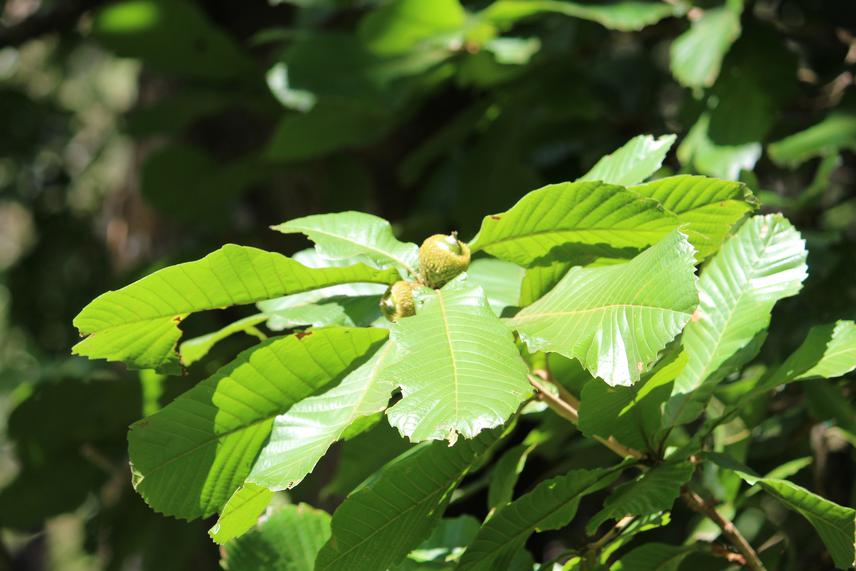Hernando Rodríguez Correa
Other projects
24 Mar 2020
Conservation of Endangered Quercus insignis Martens & Galeotti, 1843 (Fagaceae) Under Climate Change
This project aims to conduct conservation research of a keystone Neotropical oak (Quercus insignis: Fagaceae) and its representative ecosystems, Mexican Cloud Forest, in order to facilitate international, interdisciplinary and collaborative conservation by sharing findings, conservation methods and strategies among key stakeholders. We will use a multi- and trans-disciplinary approach to study threatened ecosystems and species at every level, from molecules (DNA) to species and communities, all the way up to human- impacted ecosystems; utilizing the benefits of both in situ and ex situ conservation strategies.

Quercus insignis is a threatened oak species in montane cloud forest extending from Mexico to Panama, a habitat that is exceptionally biodiverse and increasingly threatened by expanding agriculture and urbanization. According to the 2007 IUCN Red List of Oaks, Q. insignis is Critically Endangered in Mexico, Endangered in Panama and Near Threatened in Guatemala. An updated assessment will be published this June listing the species as globally Endangered.
Q. insignis is an important species to increase the conservation value of restored ecosystems (López-Barrera et al. 2016), a key species for understanding Neotropical Quercus evolution (Rodríguez-Correa et al. 2017), a resource for wood-derived products (Machuca-Velasco et al. 1999) and an important local cultural symbol (García de la Cruz et al. 2014). To protect this threatened species and its extremely diverse habitat, it is fundamental to understand not only the species, but also its surrounding vegetation.
Research and conservation efforts to support this species are few and far between. The information generated by our project will contribute to the current National Forest Commission reforestation efforts in this habitat and promote scientifically informed species and habitat management by regional civil associations, botanic gardens, academia and gubernamental environmental authorities.
This project will conduct necessary research and facilitate international and interdisciplinary collaboration to share findings, conservation methods and strategies among key stakeholders. Our work will inform current species reforestation, cloud forest management and restoration, and ex situ conservation programs, as well as promote new environmental education and conservation initiatives. We plan to achieve six main outcomes:
1. The characterization of the plant species composition of cloud forest habitats dominated by Q. insignis, and the identification of other threatened species that would be protected by the implementation of conservation programs in the ecosystem.
2. An estimation of the Q. insignis population’s age structure and a better understanding of the species’ germination ecology.
3. Wide geographic collection of Q. insignis acorns to establish a healthy and representative ex situ conservation collection in botanic gardens throughout Mexico.
4. Wide geographic sampling of Q. insignis that allow us to estimate population genetics attributes.
5. Characterization of ancestral knowledge associated with use, management and conservation of Q. insignis by local communities.
6. Technical reports for government agencies and educational materials for the general public to share key findings and recommendations.